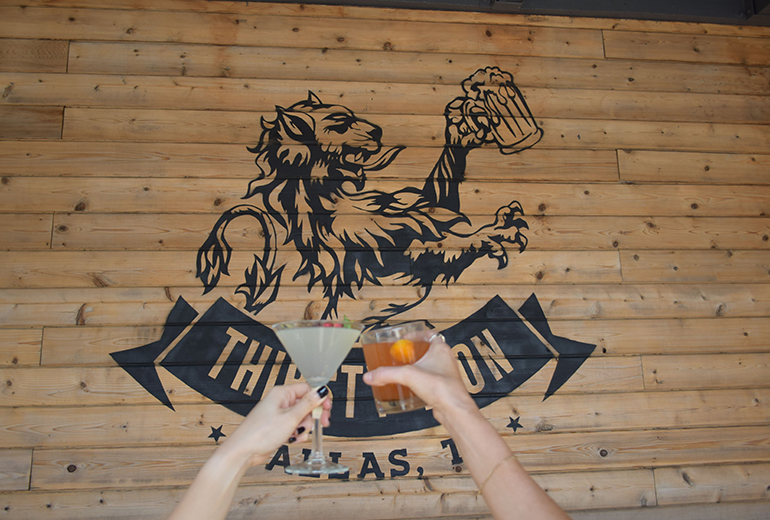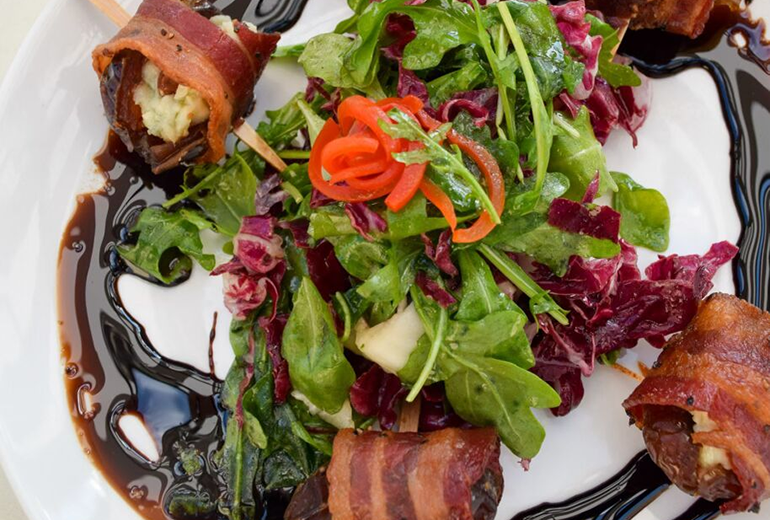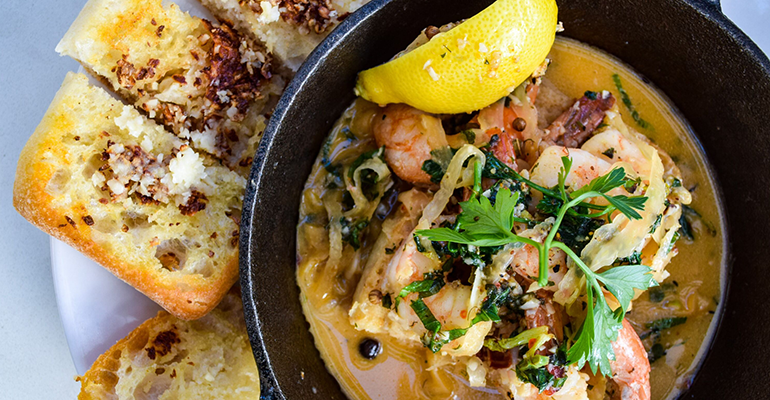John Plew — a hospitality veteran from Portland, Ore. and founder/CEO of Thirsty Lion — once owned nine different concepts, but more than a decade ago, he identified Thirsty Lion as being primed for scale. So, he sold the majority of his other businesses and went all-in on the gastropub that has now grown to 11 units, with more on the way.
Thirsty Lion got its start in the Portland suburbs in 2010, and today, it counts locations in Oregon, Arizona, Colorado, and North Texas. Plew has outlined a growth plan that will take the company to 20 units in 2025 and 31 units in 2027. There are already plans to open two more locations this year.
Plew ascribes the brand’s success — $6.2 million in AVUs — to a few key tenants: food and drink quality, friendly service, and price.
Food is made from scratch on site, and juices are fresh-squeezed daily. Bartenders keep notes on customers names and what they’re drinking to assure easy handoffs, and the affordable prices allow patrons to visit often.

“We’re really conscious about the price,” Plew said. “We don’t want to be a special occasion restaurant. We want those repeat customers.”
When forming the concept, Plew looked up the definition of a gastropub. He didn’t want to be an English or Irish pub, and he knew that beer bars were already ubiquitous, especially in Oregon. He liked the gastropub’s food-first mantra.
“We’re a public house that serves great food and drinks without pretension,” Plew explained, noting that the business breakdown is about two-thirds food and one-third bar revenue.

Thirsty Lion serves a globally inspired menu that’s comprised of about 45 core items, plus a fresh sheet that changes seasonally.
The current menu includes starters like soft pretzels, Scotch eggs, beer-battered cheese curds, and a spicy tuna roll. There are also salads, burgers and sandwiches, and specialty entrees range from fish and chips and fish tacos to grilled Atlantic salmon and Szechuan orange chicken. Almost all menu items are priced at under $20, with a couple exceptions, like the salmon and a grilled ribeye.
Plew believes that experimentation and a willingness to adapt are vital to the concept’s success.
“We’re constantly exploring, innovating and curating ideas,” he said. “Today’s consumer wants consistency at their favorite places, but they’re also interested in exploration.”

Across its 11 locations and counting, Thirsty Lion spaces fall into two size categories. Single-level models are roughly 6,500 to 7,500 square feet, with a 1,000 square foot patio. And bi-level spaces are about 9,000 to 10,000 square feet, with a ground floor patio and a rooftop.
Each restaurant has an open kitchen, a centerpiece bar, and sliding walls that give the space an open-air feel. Patios are accented with planters, and fireplaces provide intimate gathering spots. TVs show sports, but Plew said Thirsty Lion isn’t a sports bar. Instead, the TVs are there to ensure that customers’ needs are met, whether that means catching their favorite team during the playoffs or casually watching a game during brunch.

The restaurant’s outlined growth plan includes adding two new locations this year, then three in 2024, four in 2025, five in 2026, and six in 2027. If all goes according to plan, that would take Thirsty Lion to 31 units. First up is Addison, Texas, opening in the fall, followed by Glendale Arizona. Some expansion will occur in existing markets, but the brand is also looking east, identifying potential opportunities in Florida, Atlanta, and the Carolinas, as well as the Midwest and possibly Las Vegas.
Plew said that he likes going into emerging markets, and the company uses analytics tools to home in on areas with sports arenas, busy retail centers and vibrant entertainment districts to understand where people live and spend their time. Each year, the projected growth rate falls between 18% and 25%.
“We feel this is a sustainable growth pattern. Once you get above 30% growth it gets hard to maintain,” Plew said.
He sees national potential for the concept and believes Thirsty Lion could one day be a 200-unit brand. The globally inspired menu could even bring international expansion into play.
Growth like that might eventually warrant licensing or franchising deals, but Plew notes that the restaurant’s scratch kitchen is more involved than the typical franchise model.
“We want to be very particular about protecting our quality as we grow,” he said.





